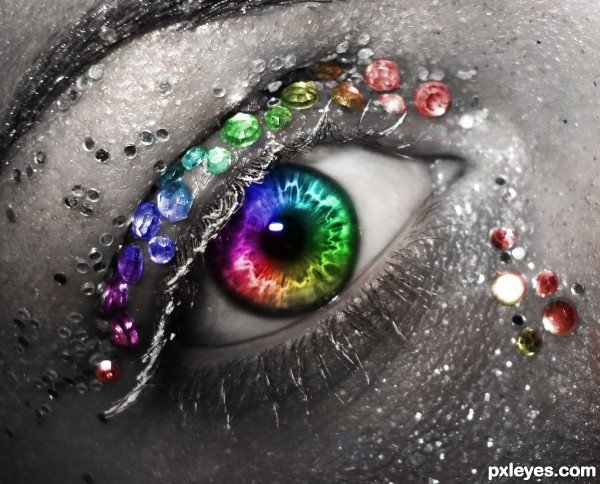Psychology of colors - part 4 Colors in the interior architecture 1-1
GNI
As we disused in previous posts, Colors are effective on psychological needs, learning conditions, control of angry behaviors, emotions, depression and learning disorders, and energy levels. Colors are useful in controlling pulse, palpitations, blood pressure, appetite and even sleep, and in the treatment of diseases such as Migraine, cancer, addiction and skin diseases, and even brain tumors.Colors, anywhere in the world, and in accordance with the culture and customs of each society, have different and even contradictory meanings. For example, white in a country like Iran is a revelation of happiness, a virtue, and is used for weddings, while in another country the clergy It is used in mourning ceremonies.Maybe you have asked yourself why there is no ship or black plane, or why there are no boxes of green chocolate? Maybe you will find answers to this.

Unfortunately, due to the psychological attractiveness of colors, this branch of science has been exploited. There is a lot of stuff on each site, magazine, newspaper, or blog, but it's not clear whether they are right or wrong.Professor Losher is a scientist who has been researching about this for about twenty years.Now, it's not a bad idea for this researcher to look at the psychology of colors for some of the most popular colors.
we also talked about colors Psychology in this post, we must to talk about Colors in the interior architecture. follow the post.
Colors in the interior architecture
The study of the psychological interactive effect of colors in the use of color artistic is of great importance, and the proper use of any color can be of particular use in interior design. The glory and effect of each color along with the other color show its true effect, and each color is better than its other color, its brightness or brightness. Changing this natural order results in discolouration of colors and the use of this incompatible composition can make a lot of difference in interior decoration. Each color has three variables: shading, luminance and performance. Pham is a trait of color that determines its position in a colored sequence (from red to violet) equivalent to the light of different wavelengths in the spherical spectrum. Red, yellow and blue are called initial shades, and as they are based on other shades, they are also considered as the main colors. The second group of secondary shades include:
Orange, green and violet, which are obtained from the mixture of equal quantities of the first two shades, and the third group of shades are obtained from the mixing of primary and secondary shades: yellow and orange (orange), orange and red, red and purple Purple), purple and blue (azure), blue and green (turquoise), green and yellow (pistachio). The 12 shades mentioned are arranged in a certain order in the color cycle. In the color cycle, the second and third group shades, which are placed between a first-order paired pair, have kinship relations and, at the same time, create the simplest color harmony. When these colors are combined with pure white and black colors, they create different colors and shades. The brightness, which is the second color attribute, indicates the relative degree of darkness and brightness. Most painters also use the term "color" in the same sense, and they usually measure the brightness of the shades of colors as compared to the colorless ones.
will continued ...
please upvote, follow and resteem..
Congratulations! This post has been awarded a 100% upvote by @lottobot! This post was selected from among all recent posts as the winner of lottery #2020, which had no valid entrants. You can win again by entering in @lottobot's regular lottery! To nominate a post for the regular lottery, just send 0.1 SBD or STEEM to @lottobot, and include the url of the post you would like to nominate as a memo. Learn more by reading the introductory post! Good luck!